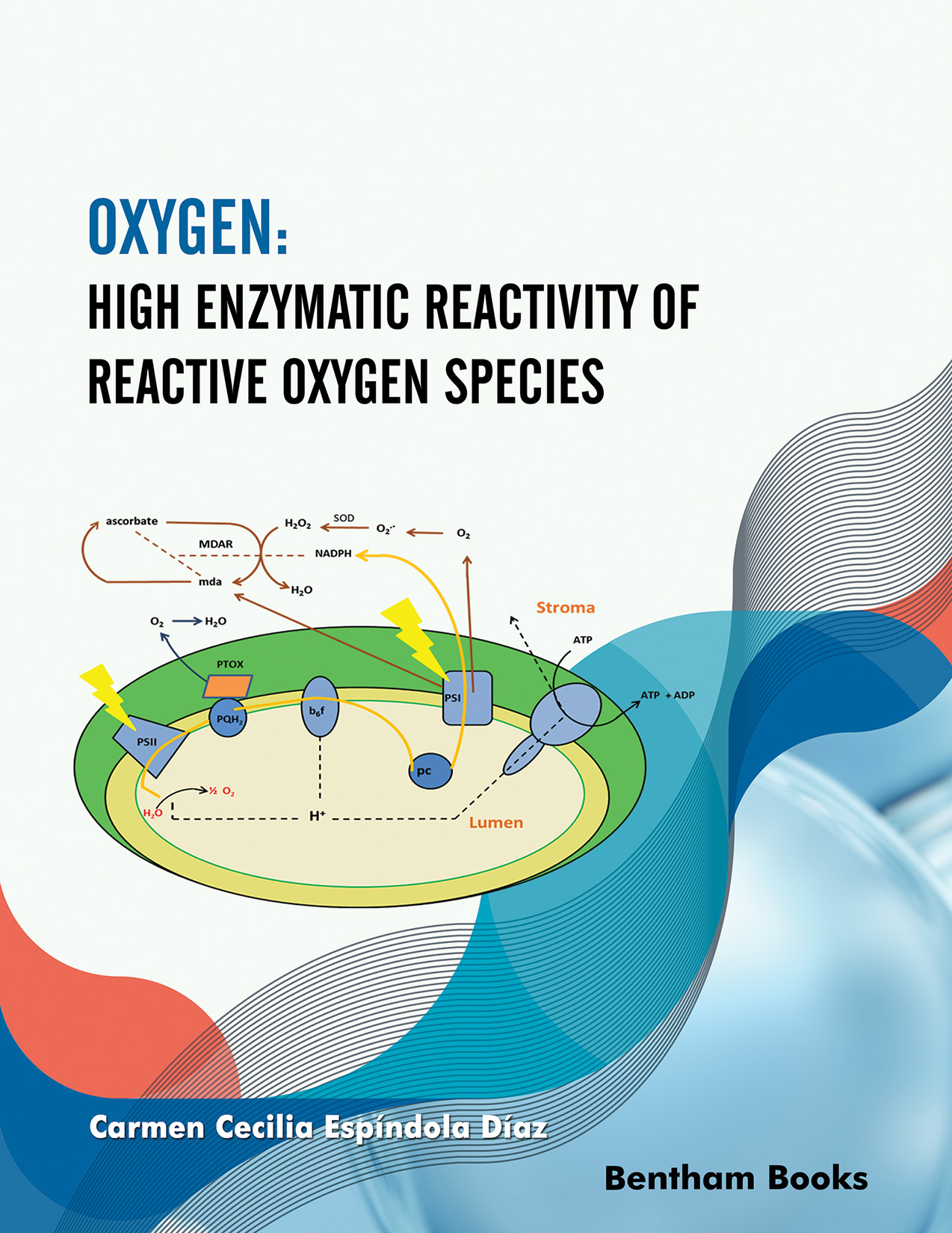Preface
Due to the importance of oxygen to conserve and maintain the life of organisms on earth, it is imperative to be conscious of the need for knowledge about this element, its physical, chemical and physicochemical properties, metabolism, and everything related to its behavior and its relationship with living organisms in different ecosystems and environments. Similarly, it is vital to know the causes and serious consequences caused by the incorrect management of natural resources on the levels and quality of this element in the biosphere.
This book presents and analyses evidence of the high enzymatic reactivity of reactive oxygen species, their production sources, chemical formation mechanisms, enzymatic oxidation, reaction centers, mechanisms involved in oxidation-reduction reactions, cell respiration chemistry, enzymatic kinetics, electron transport chain mitochondrial and chloroplast, oxidation-reduction potential, reaction constants, reaction velocity and reaction mechanisms involved, cellular cytotoxicity, antioxidant defense mechanisms in plants and animals, the response of plants to conditions of environmental stress, xenobiotics, heavy metals, paraquat, and the thermodynamics inherent to oxygen metabolism. Chapter 5 presents evidence and analyzes the action of flavonoids as promoters of reactive oxygen species. It is written as a paradoxical example of the high reactive affinity of reactive oxygen species for enzymes since during the whole metabolic process that presents flavonoids as trapping agents of reactive oxygen species or oxidants, in the end, and due to this high affinity and reaction rates, they become promoting agents of the same reactive oxygen speciesi-ROS.
Dioxide O2 is not stored in the body. However ambient air (or water) if it is the immediate reservoir of dioxide. The ability to extract oxygen from the environment and carry it to each cell in complex multicellular organisms through just-in-time metabolism was one of the main developments of organisms during evolution. In human cells, there is an increase in reactive oxygen species under conditions of low levels of available oxygen-hypoxia.
The unfortunate experience in which we human beings currently live has alerted all of humanity to the need to take care of nature and the need to have an environment that is as unpolluted as possible since there is sufficient scientific evidence to show the decrease in oxygen levels in the terrestrial and aquatic environments and the devastating effects this has on the survival of organisms. Therefore, there is a need to form citizen conscience about the care of nature and the presence of this essential element for life on earth.
CONSENT FOR PUBLICATION
Not applicable.
CONFLICT OF INTEREST
The author declares no conflict of interest, financial or otherwise.
ACKNOWLEDGEMENTS
Declared none.
Carmen Cecilia Espíndola Díaz

